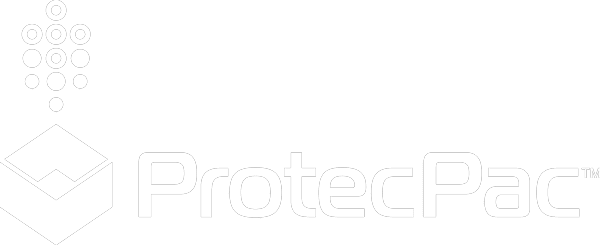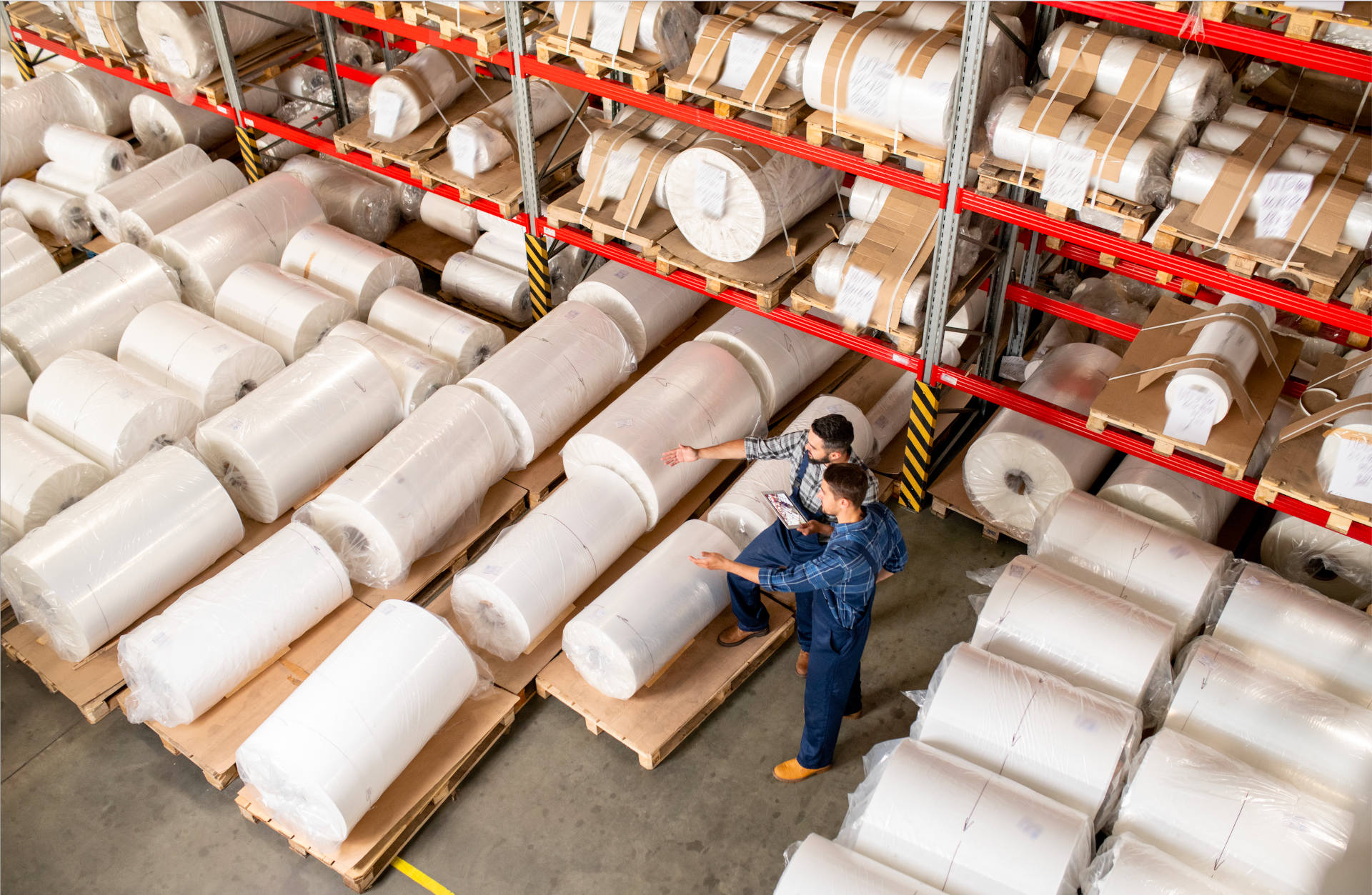Packaging oversights result in financial setbacks due to product damage, inefficient use of truck space and excessive material usage. To bolster your bottom line and optimize your supply chain, consider these five effective packaging tips.
1. LEADERSHIP MUST RECOGNIZE THE VITAL ROLE OF PACKAGING DESIGN IN SUPPLY CHAIN SUCCESS
Many large manufacturing organizations fail to acknowledge the connection between packaging and supply chain operations. They tend to focus on short-term, upfront costs instead of recognizing the long-term benefits and return on investment (ROI) that efficient packaging can deliver.
Corporate bureaucracy often hinders packaging improvements. As numerous departments are involved in the supply chain, multiple decision-makers can slow the process. The best approach? Secure agreement and commitment from C-Level executives to ensure effective communication and momentum.
2. DEVELOP A COMPREHENSIVE PACKAGING SYSTEM
For manufacturing companies, packaging design should be approached holistically, with the primary goal of reducing costs and optimizing the supply chain. Packaging engineers can take a bird’s-eye view of the process, using mathematical calculations to determine the optimal packaging dimensions, dunnage and load size. Ultimately, the key is to maximize cube utilization.
3. BE ADAPTABLE
Inflexibility stifles cost-savings and innovation. Refusing to adjust unit counts, case sizes, or packing processes impedes progress. Adaptability also entails avoiding last-minute decisions, as packaging is often an afterthought in many companies. Rushed decisions due to time constraints can lead to processes that are ineffective, counterproductive and expensive.
4. LET DATA DRIVE PACKAGING EFFICIENCY
Improving packaging efficiency can be a trial-and-error process. To minimize errors, start with a packaging audit to collect data on areas within your supply chain that require optimization. This approach is particularly useful if you have budget constraints, as it enables you to prioritize and address the most critical issues first. Once you’ve settled on a design, test it thoroughly. Additionally, keep a close eye on fluctuations in material costs before finalizing your packaging design. If possible, collaborate with a packaging supplier who can monitor these fluctuations.
5. ENTRUST PACKAGING OPTIMIZATION TO EXPERTS
Packaging design in the industrial and manufacturing sector is a specialized craft, distinct from consumer packaging. It demands technical expertise, meticulous attention to detail and a complete understanding of the entire supply chain. Collaborating with packaging specialists ensures faster turnarounds, reduces the risk of costly mistakes and provides access to better pricing for materials.
Incorporating these efficient packaging strategies can enhance manufacturing processes, reduce costs, and streamline supply chain operations, ultimately leading to improved profitability and competitiveness in the market.

